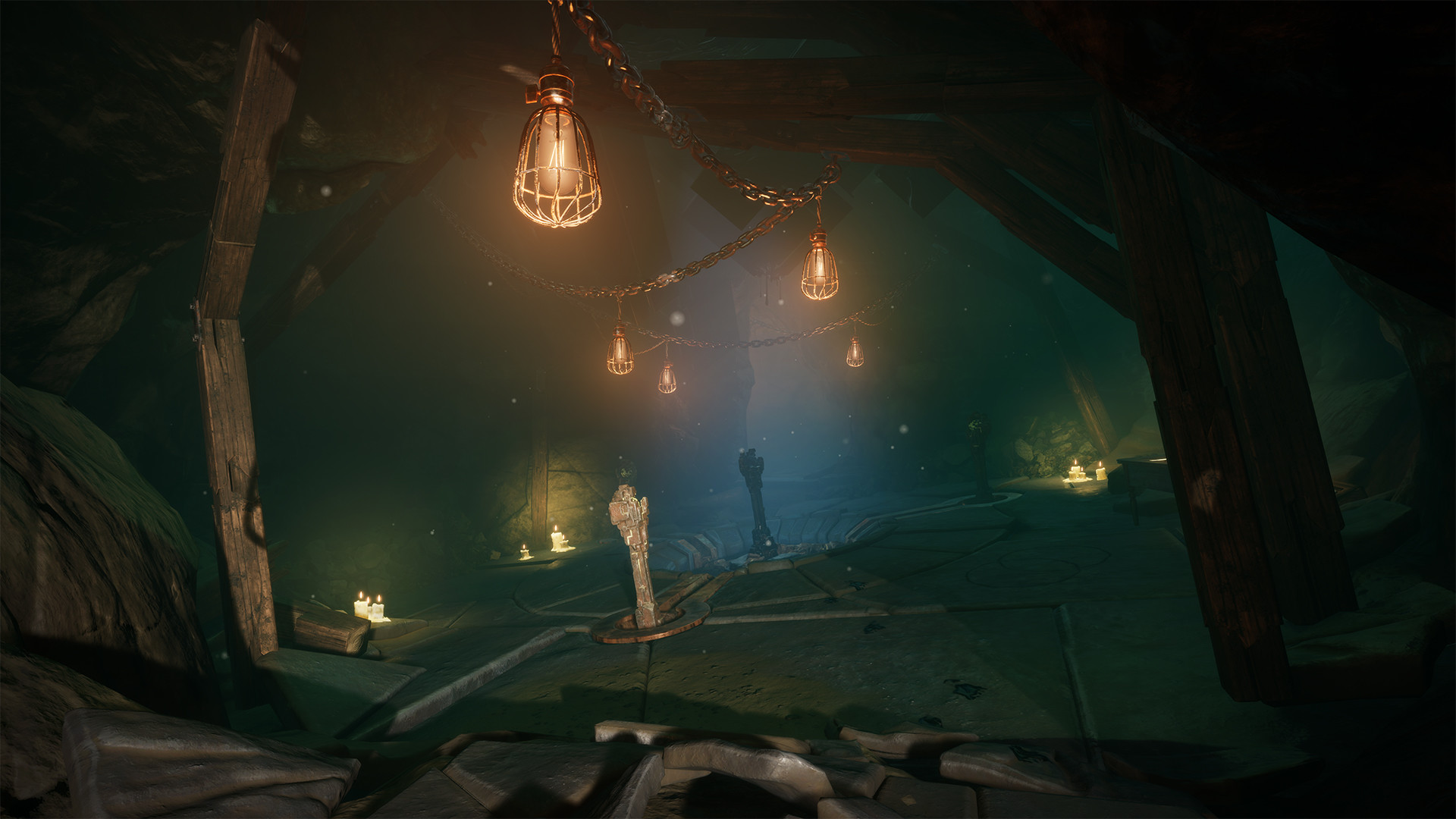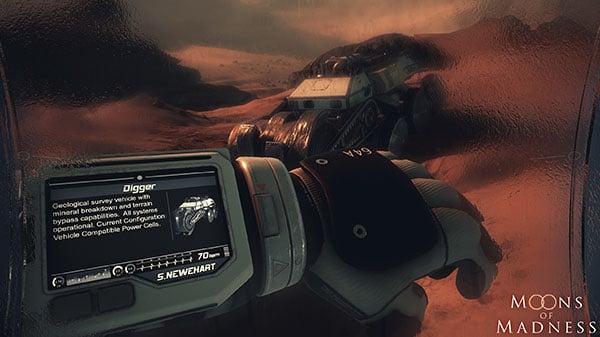


But more often than not, you just stepped on a stick. If you’re walking in the forest and a snake-shaped something springs out at you, you’ll jump out of the way in case it’s a snake. It might be hardwired into the way we think, as a means of self-preservation. This pattern of thinking, where we pay extra attention to things that might be dangerous or important, is an example of what psychologists call cognitive bias.
#MOONS OF MADNESS RESEARCH NOTES FULL#
“Once people have an idea in their head that the full moon is linked to odd behaviors, they may end up seeking out, even unintentionally, instances in which there is a full moon and something strange happens.” We don’t pay attention to the uneventful full moons, but the strange ones stand out. “Our brains tend to be predisposed to seeing patterns, even when they’re not actually existent,” says Lilienfeld. The bright sky could have led them to leaved their houses and congregate, says Lilienfeld, “And that may have caused a commotion.”īut no matter where the idea came from, it was probably easy for people to find evidence for their suspicion that bad things happened when the moon was full. Before artificial lighting, the full moon might have kept people up at night, including people with mental illnesses that are exacerbated by lack of sleep. Lilienfeld notes there might be some correlation at work, if not necessarily causation. It’s not surprising that people wondered if the moon might be shaping their lives too. But in defense of believers of “lunacy,” the moon does exercise some influence on Earth, from the pull of the tides to the mating cycles of corals and glowworms. It’s not quite clear where the superstition came from in the first place. The Rising Moon, by British painter Samuel Palmer. But despite the lack of evidence, lots of people still believe that the full moon makes things… weird.īut despite the lack of evidence, lots of people still believe that the full moon makes things… weird. They later retracted it after realizing that many of those full moons were on weekends, when more people are on the road. In one paper, researchers posited that there are more car crashes during the full moon. Often, studies that do make this claim don’t hold up to scrutiny. “I’m not aware of a single replicated finding in the literature that there’s a link between the full moon and odd behavior,” says Scott Lilienfeld, a professor of psychology at Emory University. No uptick in births, no synced up menstrual periods and no madness. Full Moon Feverįor decades, researchers have pored over hospital records and police blotters, and time and time again, they’ve come up with the same answer - the full moon doesn’t seem to be associated with more strange things happening than usual. But there’s one big problem with all these theories: they’re not true. Even today, you might hear stories about classrooms of students misbehaving and people getting hurt in freak accidents around the full moon.

In the 1970s, a popular book posited that just as the moon controls the tides, its gravitational pull affects the fluid sloshing around in human brains.


 0 kommentar(er)
0 kommentar(er)
